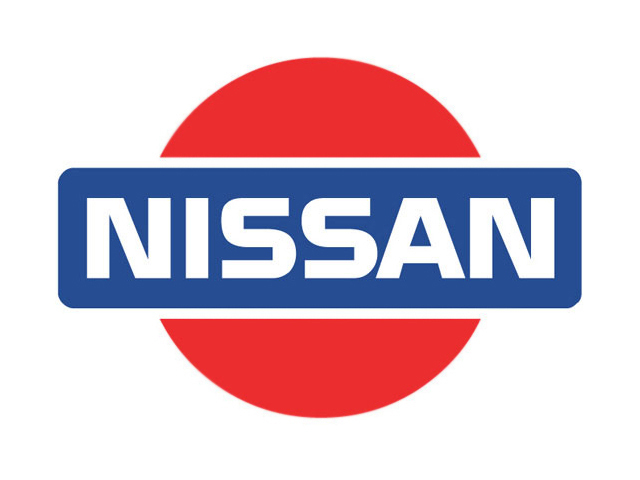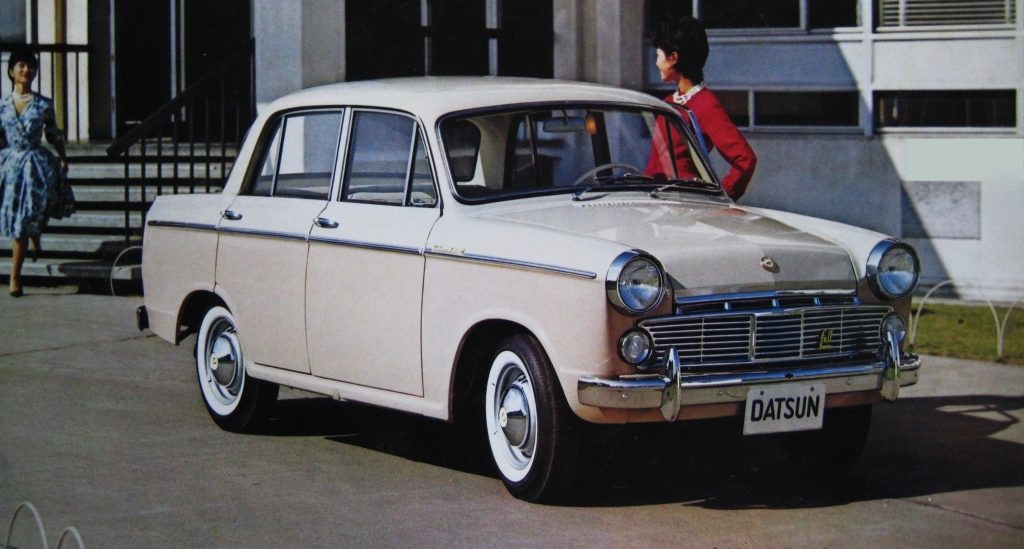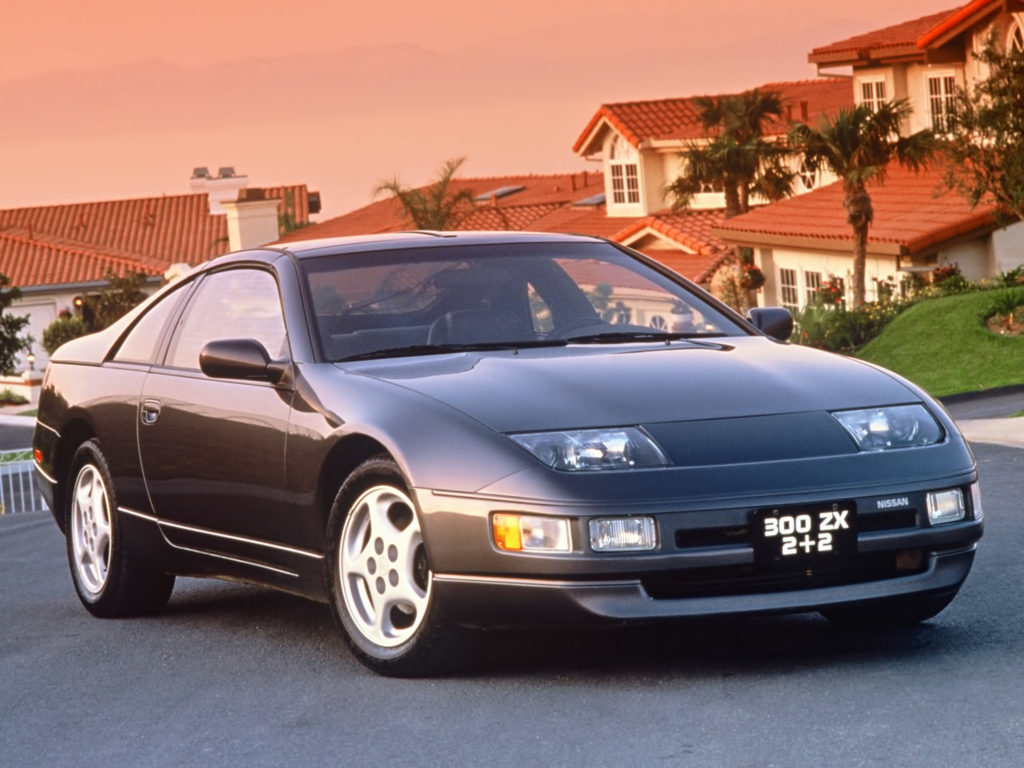The Nissan Beginnings
The history of Japanese car brands is always the stuff of legends. From the humble beginnings and modest production, war devastation and rising from the ashes, to the global success and recognition. It is the same with the Nissan, one of the biggest and most popular Japanese car companies in the world. Today, Nissan (with Renault) is one of the key players in global automotive world, but 100 years ago it was just a small workshop in Tokyo.

The Beginnings
Nissan`s history starts in 1911 when Kaishinsha Motor Car Works was established by Masujiro Hashimoto. This, in fact, was the first Japanese car manufacturer which produced its first car in 1914. After a promising start, the company was renamed to DAT Motorcar which was an acronym of the company’s investors’ last names (Den, Aoyama, Takeuchi). The company soon expanded to the truck market as well as military vehicles and equipment. During the 20s and the 30s, DAT produced a lot of models and introduced popular economy car called Datsun Type 11. The success allowed DAT to merge with some other smaller companies and move to new facilities in Yokohama. The ownership changes and expansion to new markets inspired a new image and a new name so in 1934, Nissan Motor Co. was formed. The late 30s marked the uprising of Nissan name and popularity of its products. However, the Second World War stopped everything and even if the Yokohama plant wasn’t destroyed during the bombing, the market in Japan was devastated and materials for production were very scarce.

After the war
Nissan was one of the few companies to recover after the war, and in 1947 the car and truck production lines were resumed. The problem was the market and the technology because Japanese cars were outdated. So, in the early 50s, Nissan made an agreement with British company Austin to produce cars under license and market Austin models in Japan. This way, Nissan got modern technology and a chance to develop its own products, while also connecting with foreign partners. The production of passenger cars was modest at the start but soon it grew and Nissan started exporting to some other Asian markets. In the late 50s, Nissan Cedric and Bluebird became popular models in Japan and showed to Nissan executives that the company didn’t need a foreign partner anymore. In 1966, Nissan bought Prince Motor Company, a small manufacturer of upscale models which marked the entrance to the luxury car market. During the 60s, Nissan started investing in motorsport and achieved a fair amount of success on rallying and touring car races in Japan and Australia. The legendary model Skyline was introduced in 1966 and it became one of the biggest Nissan’s legends.

Global expansion
In the late 60s, Nissan (along with its sub-brand Datsun) started an aggressive campaign onto foreign markets, mostly America and Europe. Nissan’s products were cheap, modernly designed and very reliable which made them perfect cars for the early 70s and the global oil crisis. America was the main export market and with the Datsun 510 and 240Z sports car, Nissan’s sales were booming. By 1980, Nissan was firmly established as one of the world’s biggest car companies and started investing in local factories and research and development facilities. The model lineup grew and in the early 90s, the Infinity sub-brand was introduced. It was a luxury division, inspired by Prince cars of the early 60s and it proved very popular in America.

However, Nissan saw that the future of the big car manufacturers is in partnership with other firms so, in 1999, Nissan-Renault global alliance was formed. This was a surprising move both by Nissan and by Renault, but it very soon proved as the right thing to do at just the right moment. Today, Nissan-Renault is one of the biggest names in the business which produces over 10 million vehicles per year.




